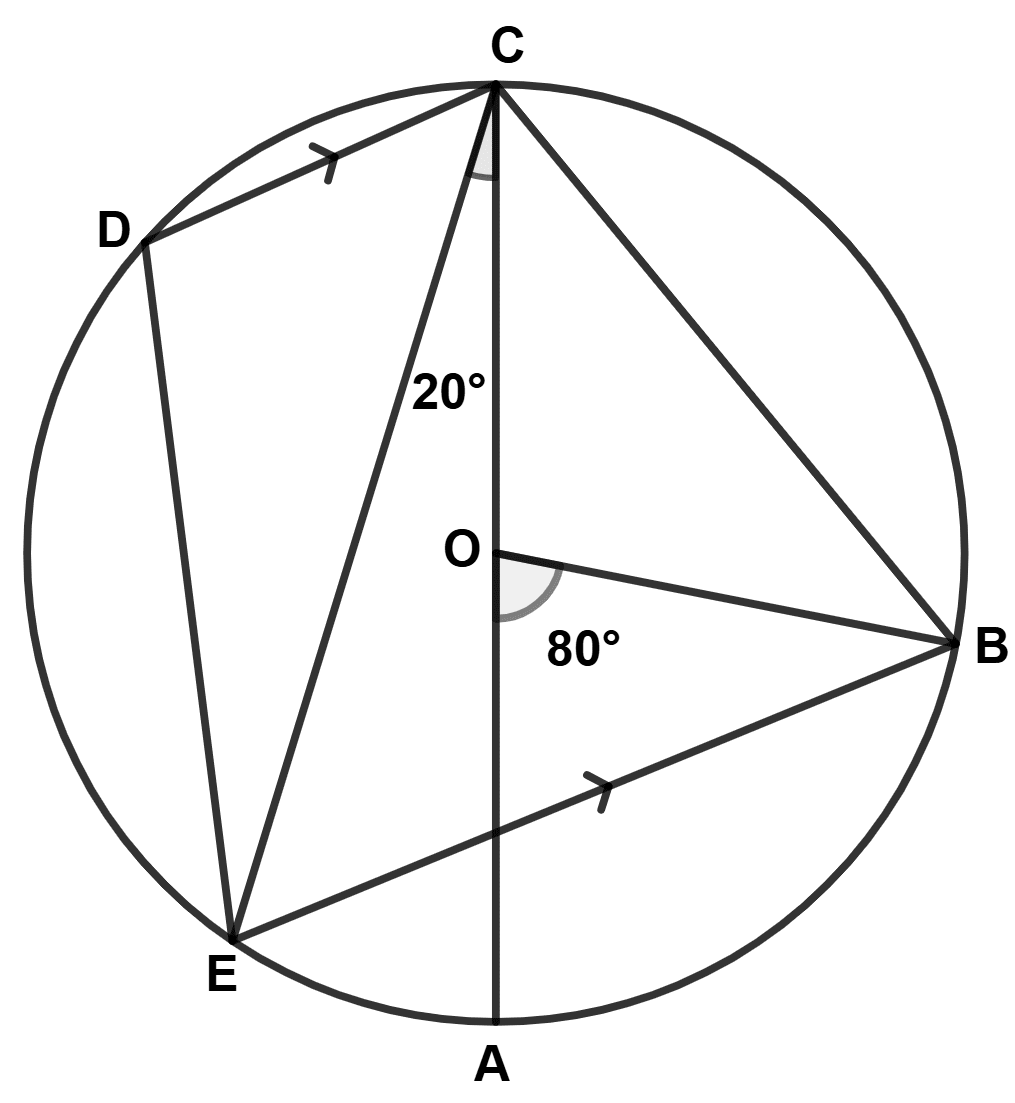Mathematics
While factorizing a given polynomial, using remainder and factor theorem, a student finds that (2x + 1) is a factor of 2x3 + 7x2 + 2x - 3.
(a) Is the student's solution correct stating that (2x + 1) is a factor of the given polynomial ? Given a valid reason for your answer.
(b) Factorize the given polynomial completely.
Factorisation
ICSE Sp 2025
78 Likes
Answer
⇒ 2x + 1 = 0
⇒ 2x = -1
⇒ x =
Substituting x = in 2x3 + 7x2 + 2x - 3, we get :
Since, remainder is not equal to zero.
Hence, (2x + 1) is not a factor of the given polynomial.
Substituting x = in 2x3 + 7x2 + 2x - 3, we get :
Since, remainder is equal to zero.
∴ x - is factor of polynomial,
⇒ x - = 0
⇒ x =
⇒ 2x = 1
⇒ 2x - 1 is factor of polynomial.
Dividing 2x3 + 7x2 + 2x - 3 by 2x - 1, we get :
2x3 + 7x2 + 2x - 3 by 2x - 1 = (2x - 1)(x2 + 4x + 3)
= (2x - 1)[x2 + 3x + x + 3]
= (2x - 1)[x(x + 3) + 1(x + 3)]
= (2x - 1)(x + 1)(x + 3).
Hence, 2x3 + 7x2 + 2x - 3 = (2x - 1)(x + 1)(x + 3).
Answered By
45 Likes
Related Questions
Which of the following equation represents a line equally inclined to the axes ?
2x - 3y + 7 = 0
x - y = 7
x = 7
y = -7
Given, x + 2 ≤ and x is a prime number. The solution set for x is :
∅
{0}
{1}
{0, 1}
A line segment joining P (2, -3) and Q (0, -1) is cut by the x-axis at the point R. A line AB cuts the y-axis at T(0, 6) and is perpendicular to PQ at S. Find the :
(a) equation of line PQ
(b) equation of line AB
(c) coordinates of points R and S.
In the given figure AC is the diameter of the circle with center O. CD is parallel to BE.
∠AOB = 80° and ∠ACE = 20°. Calculate :
(a) ∠BEC
(b) ∠BCD
(c) ∠CED
